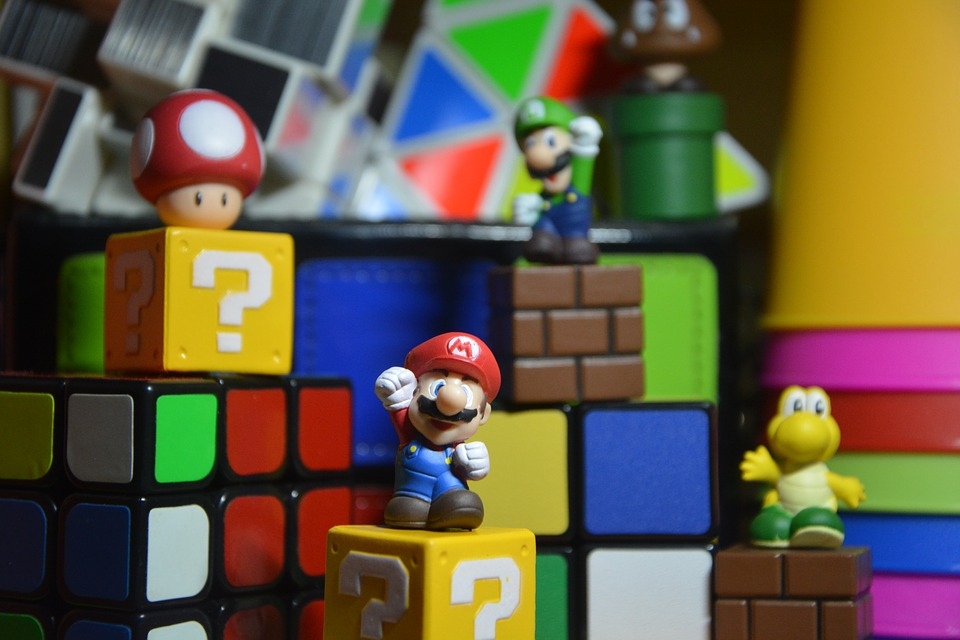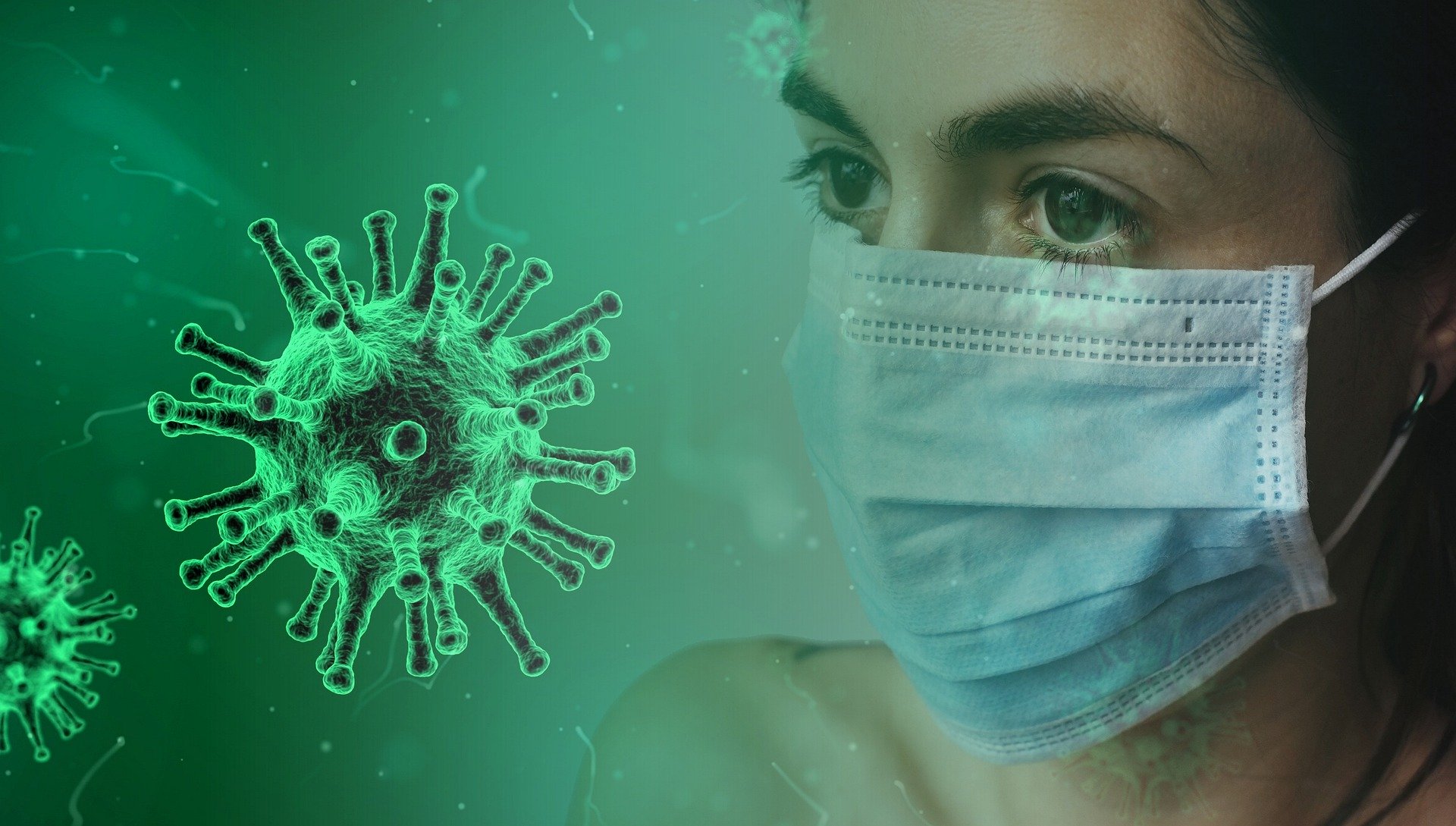The COVID-19 is now a pandemic which means a specific disease is slowly or rapidly prevailing in multiple countries. World Health Organisation, an agency of the United Nations, declared the virus as a pandemic on March 11, 2020. COVID stands for CoronaVirus Disease in 2019. It’s formerly called the 2019 novel coronavirus. The term “corona” means crown in Latin and the virus belongs to the family of Coronaviruses that infect animals and people.
When and where COVID-19 started
The virus began in Wuhan, China in December 2019 as a mystery illness and was later confirmed to be a new type of Coronavirus. According to a Live Science article published on January 22, 2020, the virus may come from snakes although experts dispute this assumption. Another source says it may be traced to wildlife consumption in China.
Conspiracies and myths
-
Conspiracy - Scientists in Wuhan or USA made the virus and after they were unable to control, suddenly the viruses break loose.
-
False - You can protect yourself by taking essential oils, saltwater and acetic acid.
-
False - Buying and ordering products from China will make you sick.
-
False - Wearing facemask can absolutely protect you from the virus. While facemasks can provide a protective barrier against droplets that may get into your nose, eyes and mouth, face masks don’t fit tightly. Also, touching your face may increase the risks of viral infection.
-
False - Drinking liquor can kill viruses. Probably the one that will suffer is your liver not the virus.
What is a virus and why is it hard to kill it?
A virus is smaller than bacteria. Viruses range in size from 20 - 400 nanometers. Bacterias range from 0.2 - 10 micrometres. A nanometer is a unit of measurements like meters, feet and miles. Within the nanometer range, things won’t be seen under an ordinary microscope. You’ll need a special type - an electron microscope.
In a size analogy or if we compare the relative sizes of bacteria, cells and viruses, the human cell would be the size of a full-grown human, the bacteria - football, a virus - an AA battery. Why are viruses hard to kill? Here’s why:
-
They are too small - smaller than bacteria.
-
They are either living and non-living - Viruses lie in a grey area - sometimes living and nonliving. Some researchers call them androids because they don’t activate or do anything unless they come close to the animal, human and plant cells.
-
They are obligatory parasites.
-
They mutate.
-
They are made of simple substances - Nucleic acid genome (RNA, DNA), protein capsid and a lipid envelope.
-
They don’t have metabolism or possess some sort of digestive and respiratory systems.
Facts about the coronavirus 19
Coronavirus mutates slowly - This means its genetic makeup doesn’t change despite its rapid spread. The slow viral mutation gives hope to researchers and scientists to make a long-lasting vaccine.
What are the symptoms
Watch out for the signs of symptoms if you have been exposed to the virus. Symptoms will appear 2 to 14 days after exposure depending on each person. In medical jargon, the time between the exposure and appearance of symptoms is called the incubation period. If the patients recover, their symptoms will go away on their own.
-
Cough (all types - dry, wet)
-
Fatigue
-
Fever (38°C or 100.4°F)
-
Headaches
-
Runny nose
-
Shortness of breath
Source: Webmd.com
Note: Old people and those who have underlying illnesses such as diabetes, hypertension etc, are more susceptible to deleterious effects of the virus. Young people can also be infected. The recovery period of an infected person depends on the immune system strength, the health regimen he/she is taking and the health-care environment. In serious cases, COVID-19 can lead to septic shock, respiratory failure, pneumonia and death.
Coronavirus and its social impact
-
Ongoing infections
The number of infections in the country is changing every hour and day so it’s important to refer to a live map or tracker. Here is a tracker for Japan - coromap.info or Japan relative to other countries - World Health Organization.
-
Suspensions of events
Japan and the International Olympic Committee have already postponed the big event not later than the summer of 2021. The organizers said that there’s no guarantee that the supposed Tokyo 2020 event could be held successfully. They cited the 1918 pandemic that killed an estimated 50 million globally that lasted more than a year and occurred in three waves.
The ongoing health crisis has also impacted picnics and parties such as the yearly Cherry blossom sightseeing known as hanami parties.
The Japanese government is thinking about whether to close some of the large cities such as Tokyo, Kyoto, Hiroshima, Nagasaki, and Sapporo.
-
Travel restrictions and visa suspensions
Air travel - From March 9 until the end of April arrivals from South Korea and China will be limited to Osaka Kansai (KIX) and Tokyo Narita (NRT)
Sea travel - Suspension of ship transports from South Korea and China.
The Japanese government has already placed visa restrictions on the nationals of countries affected by the COVID-19 outbreak. For more info and updates about the country’s border measures, visit the Japanese Ministry of Foreign Affairs.
What are the tips to prevent corona-virus
Currently, there’s no panacea (cure) for the coronavirus but there are news sources and confirmed trials for a possible cure.
These tips from WHO can prevent or slow down the transmission of the virus.
-
Wash your hands with soap - Wash your hands with soap for 20 seconds. That ordinary soap or liquid dishwashing soap in your kitchen and bathroom can kill viruses. The soap contains two-sided molecules. The left side attracts water and the right side attracts fat. A virus is made up of protein coats and fat. When soap interacts with viruses, the soap molecules detach the viral fat coating, therefore, killing the virus.
-
Cover your mouth - Cover your mouth when coughing by tissue or your elbow. Dispose of the tissue immediately.
-
Practice social distancing - Stay at least one meter or more from others - World governments and their lockdown protocols suggest social distancing that is staying a meter apart from other people when you fall in line
-
Know your symptoms - COVID-19 symptoms include fever, sore throat, cough and shortness of breath. For more info, visit the Center for Disease Control (CDC) of the United States and the World Health Organization.
-
Take a bath after mingling in the crowd - Taking a shower can remove all the possible particles that may attach into your clothes and skin.
-
Remove your shoes and slippers before entering your house - You may never know if you have already stepped on sputum that may come from an infected person. Disinfect the footwears by soaking them in the footbath mixed with scientifically approved disinfectants such as Alcohol, Lysol, hydrogen peroxide and Clorox. Remember don’t mix all these chemicals as they may cause adverse results.
-
Disinfect all surfaces that are frequently touched - Cleaning surfaces can reduce or remove viruses from the surfaces. A source from Gray news says that a coronavirus can remain detectable in the following materials or matter. You may also disinfect areas and things in your house such as:
-
Bathroom
-
Desk
-
Door handle
-
Doorknob
-
Door side entrances
-
Keyboard
-
Kitchen
-
Light switches
-
Money
-
Remote control
-
Smartphone
What are the disinfectants for viruses?
These are some of the scientifically approved disinfectants according to EPA:
-
Citric acid - Found in Lysol bathroom cleaner, Axen, Sdc3a and Raptor 5.
-
Ethanol - 70% + - Found in high alcoholic content drinks such as moonshine.
-
Hydrogen peroxide - Found in pharmacy stores and groceries.
-
Isopropanol (isopropyl alcohol) 70% solution
-
Octanoic acid - An active ingredient in heavy-duty and acid bathroom cleaner
-
Peracetic acid - Found in the blacksmith brand
-
Phenolic - Found in Sporicidin brand made by Contec Inc.
-
Quaternary ammonium - Found in products such as Condor 2, Raptor 5 and other Disinfectant sprays.
-
Sodium Hypochlorite - Found in bleaching products such as Clorox, in liquid or powder form)
-
Thymol - Active ingredient in Thymox disinfectant spray
|
Material/Matter |
Amount of time when the virus is detectable |
|
Air |
3 Hours |
|
Copper |
4 Hours |
|
Cardboard |
24 Hours |
|
Stainless steel |
2 to 3 days |
|
Plastic |
3 days |
Source: National Institutes of Health
Contacts and maps for COVID-19
-
WHO Whatsapp service - This brings a link to WhatsApp conversation where you can learn all the facts about the virus.
-
Japan corona map - A real-time map updating the daily infections.
-
Bing live COVID 19 tracker - Shows the entire global map.
-
Google COVID 19 map - Shows the world map in different blue shades corresponding to the varying number of infections per country.
-
Ministry of Foreign Affairs - Updates for visa and travel restrictions.
-
Ministry of health - Source links for japan related health info.
-
Global corona map - An interactive and visualization map that details infections per country and continent.
-
Symptom checker - Asks questions about what you feel and if you experience any symptoms.






